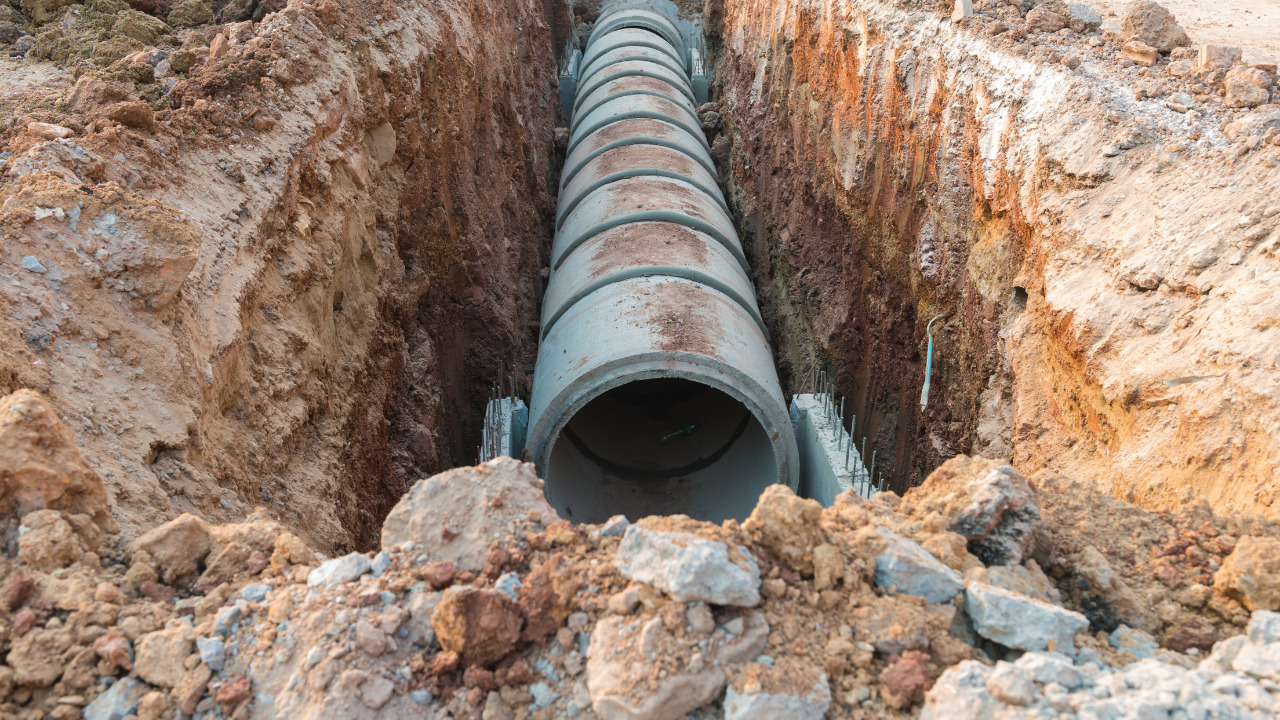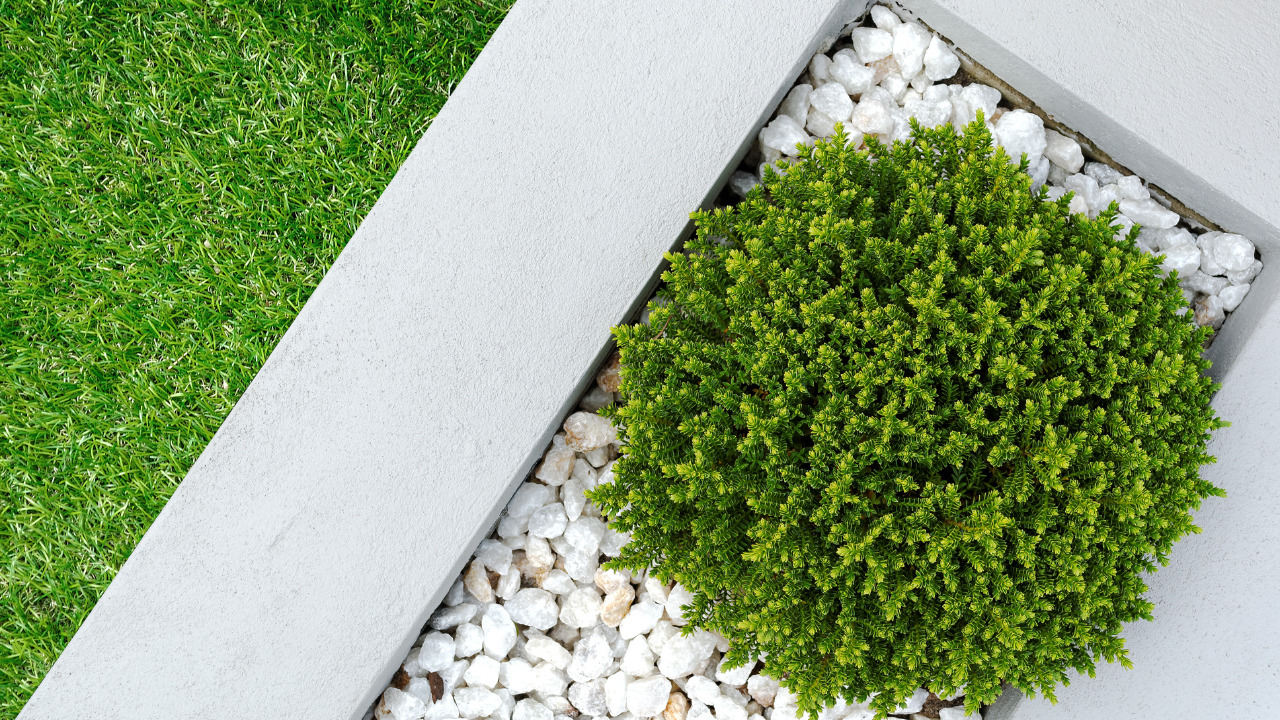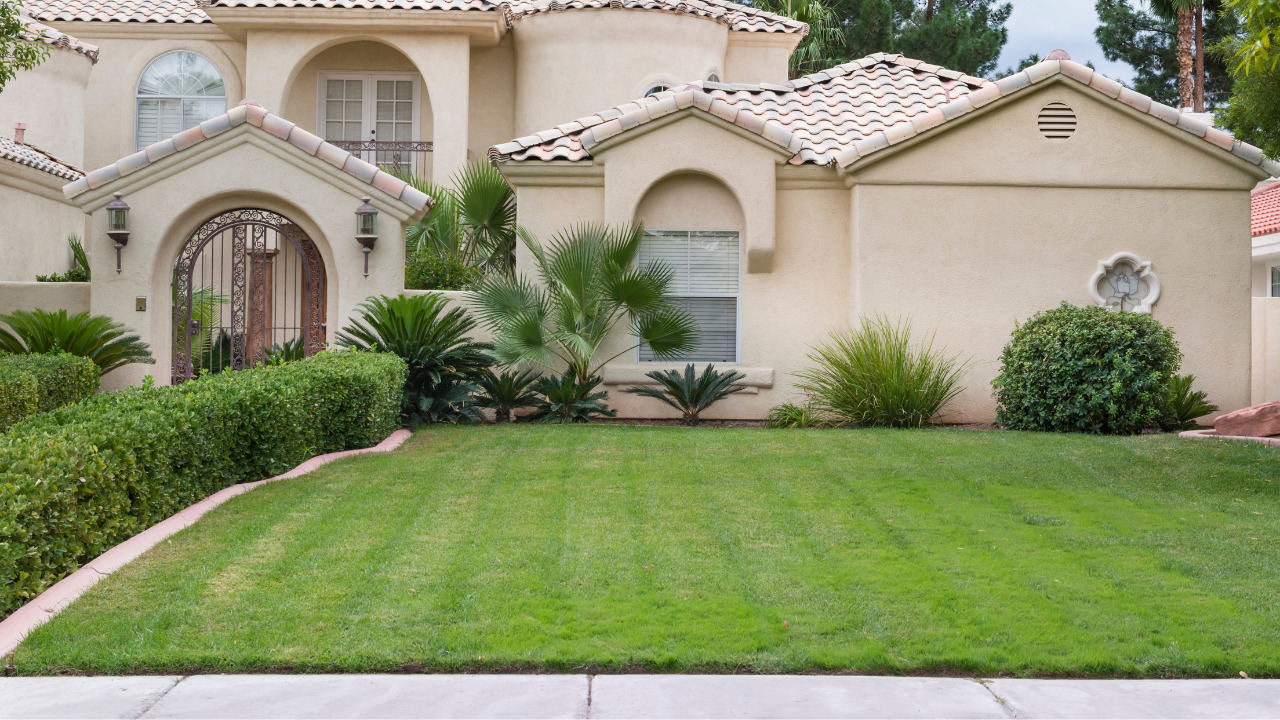Drain emitters that pop out around the perimeter of your home are a simple remedy for drainage issues. When it’s not feasible to build a drainage system that allows water to sink into the ground, installing a pop up drain system allows you to divert it to a point where it can safely run downhill or out to the street.
When there is water to drain, a pop-up drain opens and closes when the ground is dry, successfully keeping trash and small animals out of the system. What is a pop-up drain, and how to install a pop up drain in the yard, exactly? It’s a drainage system that moves water away from a house’s foundation more effectively than a regular downspout.
Table of Contents
Benefits Of Pop Up Drain Installation In The Yard
Pop-up emitter drains can close when not used, preventing small animals and garbage from entering your drains. The drains do not require any power to work due to hydrostatic pressure. The following procedures generally apply, although specific pop up emitter installation instructions will differ based on your situation.
The advantage of installing a lawn pop up drain is that the lid stays shut without a steady water flow. This implies that no debris can enter the pipe. It’s an excellent alternative to standard drain grates, which tend to gather rocks, dirt, and leaves, clogging the line over time.
Steps For Pop Up Drain Installation In Yard
Consider installing a pop-up emitter if you need to increase your DIY downspout drainage. Even the most beginner do-it-yourself will be able to do this inexpensive DIY project in less than an afternoon. So, continue reading the following steps if your concern is also “how to install pop up drain in yard?”.
Gather Your Tools And Supplies
- Pop-up drain kit
- Rag
- Pliers
- Wrenches
- A bucket
- Tape measure
- Plumber’s putty
1) Determine The Distance
Calculate the distance between the runoff source and the water-safe drainage region. Ascertain that the slope is enough to direct the emitter’s flow to a safe location. The top of the emitter must be at a lower elevation than the pipe inlet for optimal performance.
2) Choose Drainage Pipes
Purchase enough drainage pipe based on your measurements, then choose the best pop-up emitter. Pop-up drains come in various brands and sizes, and the box instructions will help you choose.
3) Install A Catch Basin
Installing a catch basin to restrict water flow away from a roof gutter downspout is advised. Excavate a trench large enough to accommodate the catch basin. Water should be piped from the catch basin to a pre-determined discharge point, which should be at least 10 feet away from the building.
4) Dig A Trench
This is the most time-consuming component of the project, but it’s smooth sailing after that. Dig a ditch several feet away from your house and deep enough to properly accommodate the drainpipe.
Dig the hole deep enough for the pipe to be laid at the proper angle for flow. Remember that the emitter’s top should be lower than the pipe inlet.
5) Install The Drainage Pipes
The manufacturer’s instructions will always take precedence, but there are a few variables to worry about since these drains work on hydrostatic pressure.
Connect the pipe’s input end to your water drainage area’s water source. PVC cement should be used to assemble the pipe. Backfill the trench after installing a PVC elbow at the emitter’s placement and gluing the emitter to the elbow so it rests at ground level.
6) Cover The Drainage Pipe
Cover the area around your new pipe with earth and grass seed. Your new drains will be virtually inconspicuous except when they are in use in no time. Even though your pop-up emitter drains are generally low-maintenance, it’s a good idea to check them now and then to ensure they’re not blocked.
Please ensure they’re recessed when you mow your lawn, rake your leaves, or conduct other common yard chores.
Benefits Of Gravel Landscape For The Pop-Up Drain
Gravel can bring your plants to life. Landscaping gravel also helps keep water away from the roots by providing drainage. Gravel and stone are simple to install and maintain. Lay down a weed block or plastic covering first to prevent weed growth.
The term sunshine out refers to the continuance of this specified grade or slope until no more earth remains and the pipe exits into the daylight. The engineer specifies that the plumbing should continue to run until there is no more cover or material over the pipe, allowing daylight to pass through.
Frequently Asked Questions
What Are Pop Up Drain Emitter Problems?
The top is designed to pop up and disperse the water over the ground when it rains. They also have a bottom weep hole to drain any water that isn’t being pushed out by the downspouts. However, if it’s below freezing outside, the water in the downspout should also be below freezing, making this assertion meaningless.
Dig a trench 6 inches wider than the drain pipe you wish to bury and 3 inches deeper than the drain pipe. Weisman suggests extending the trench at least 8 feet from the downspout if there is enough room.
How To Calculate Slope For Pop-Up Drain?
Water won’t flow through drainage piping smoothly if it isn’t inclined steeply enough or if it becomes clogged with debris. Back-ups, flooding, and even broken pipes may result from this.
On the descent of the pipe, there should be a slope of at least 2%. This implies that the popup drain emitter will be two percent higher than the pipe’s starting.
Can Water Stand In popup Drain Emitter?
There could be a point along this drainage system where water pools up if the drainpipe doesn’t have an adequate slope or is buried too deeply. Test the system to ensure that water goes through cleanly because this might produce unpleasant odors and attract insects and vermin.
Conclusion
Water can be diverted and discharged to water-safe locations away from structures, erosion-prone landscapes, and areas with poor drainage using a pop-up drainage emitter. The hydrostatic pressure of water flowing through the drain pipe causes the pop-up drainage emitter to open; as the flow decreases, the emitter closes.
You won’t even detect the emitter in your yard once it’s placed and the grass has grown back. Even if it’s out of sight and out of mind, it’s still necessary to check on it regularly. To keep the emitter functioning well, make sure any blockages are removed.













